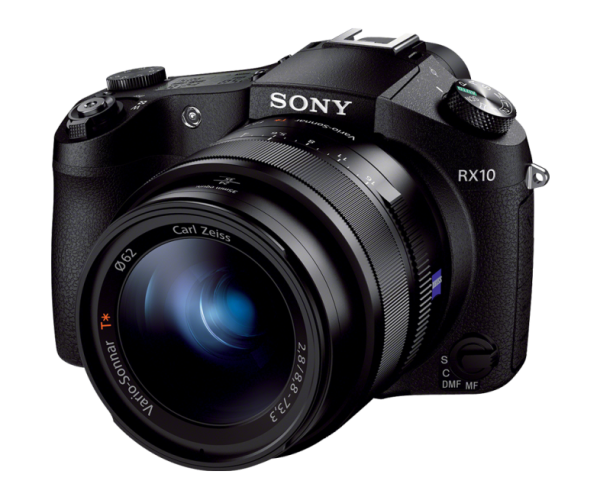With all the attention given to smartphone photography and interchangeable lens systems for both mirrorless and digital SLRs, it is easy to overlook another type of camera – the bridge camera.
The Sony Cybershot RX10 is one such camera, which sort of “sits” between compact cameras and camera systems with interchangeable lenses. It provides features close to what’s on large DSLRs, but is cheaper as it doesn’t let you change its lenses.
That’s great for users who don’t want to bring too many lenses to a shoot, say, on holiday. Cameras such as the RX10 usually has the necessary zoom reach to shoot different types of scenes, including street photography, landscape and food.
Normally, such cameras provide long reaches into a scene but are hampered by the use of smaller apertures. And since the zoom extends further, it’s tougher to use in light-starved environments.
Sony saw this problem and introduced in the RX10 a zoom range from 24mm to 200mm or about 8x zoom. Essentially, you can shoot anything under the sun, save for very close-up subjects like macro insect shots and bird photography in natural settings.
The RX10 feature that made me sit up is the use of a constant f2.8 aperture for the Carl Zeiss Vario-Sonnar T* lens. No matter how I zoom, the aperture will stay at f2.8.
This is a huge plus, as f2.8 zoom lens are usually seen in DSLRs used at sports or event shoots. Placing it in a bridge camera, Sony has really pushed up the value of the RX10 past many of its rivals.
I’m also impressed with the excellent back-side illuminated 1-inch, 20.2-megapixel CMOS sensor and Bionz X procesing engine used also in the RX100ii. Judging by the images captured by the RX10, the image quality I first saw in the RX100ii does not suffer from the use of the super zoom lens in the RX10.

The super zoom helps in compacting the landscape shot. The auto HDR function has made the shot above retain a lot more details in the shadow and light area. This is very acceptable without any post editing.

Sometimes the vivid mode could be a bit overwhelming as the picture above shows.

Shot with RX10’s panoramic function. There are still details in the shadow areas.

The sharpness afforded by the Carl Zeiss lens is superb. The focusing is fast when I tried to get the sharpness in the eyes of the monkey. Its hair strands stood out very clearly.

Another example of the clarity that the lens and sensor combination can produce from the RX10.


Skin tone is close to excellent but could be a bit cool for some users. The 200mm lens does help with the bokeh in the background.
Picking up the RX10 is like picking up a DSLR. The rear wheel dial, camera mode dial and Exposure Value compensation dial are placed where you expect them to be and within reach.
What makes the RX10 different is the presence of the aperture ring on the lens barrel which harks back to how cameras were controlled “in the old days”. I welcome the straightforward controls on the RX10.
There is also the use of a threaded shutter button that will allow a user to use a plunger style shutter release cable like cameras of yore. What’s even better is that I can install a soft release button that increases the height of the shutter button that makes it easier for me to engage the shutter.
My main bugbear with the RX10, or should I say, any super zoom bridge camera, is the inability for the user to engage the zoom manually. The motorised zoom is painfully slow even though the RX10 has two methods for the user to engage the zoom function – via the lens barrel and also the zoom lever located at the shutter button.
The motorised lens would always add more time for the camera to switch on or shut down. This is the main reason why people would opt for a DSLR – they can quickly zoom in and get the shots without much drama involved and switch off the camera without waiting for the lens to retract.
Still, the RX10 is hugely impressive. The asking price of S$1,599 is a little steep at first glance, but the excellent lens and great quality images it produces may well be worth it for discerning users.






